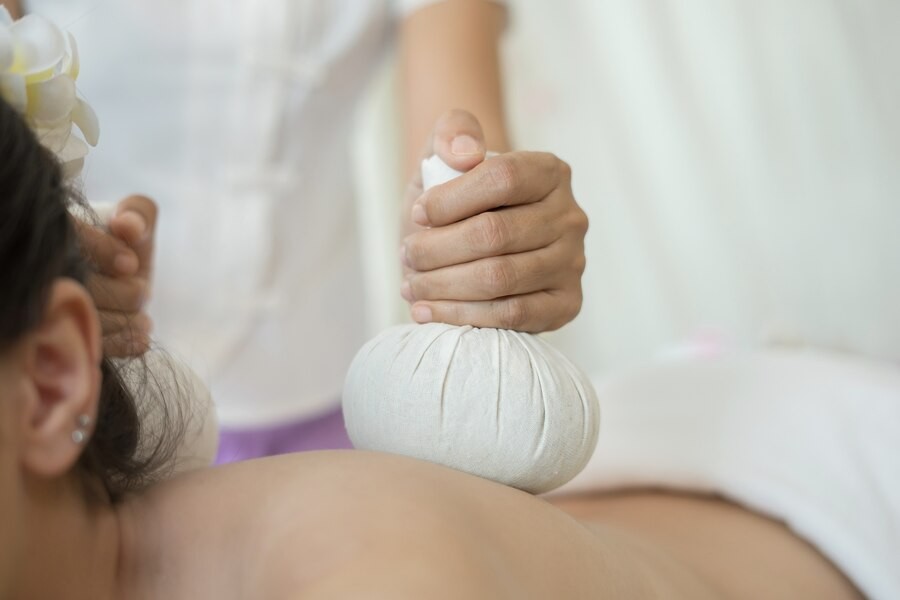Children's natural activity and curiosity often put them at risk of injury. During childhood, it's crucial for parents to be aware of the range of potential injuries so they can be ready to administer first aid or promptly seek emergency medical care at the nearest healthcare facility.
Common Injuries in Children
Fall
One of the most frequent types of injuries in children is a fall. Kids can trip and tumble from windows, stairwells, beds, uneven pathways, and baby walkers.
Because fall injuries can range in severity, several levels of assistance are required. The infant can have small, open wounds from minor trauma or abrasions. You'll need to clean the wound, compress the bruise, and cover the cut with a bandage.
Following the fall, you should examine the child's head and keep an eye on them for the following few hours if they have puked. If vomiting is still a concern, take the child right away to the closest medical facility so they can be examined.
Bumping
In addition to falls, children can also get injured by hitting hard objects. It's important to check your child after such an incident for any signs of open wounds, bumps, or other symptoms.
Encourage the child to rest and use cold compresses if there are no open wounds. Monitor the child's condition over the next few hours.
If there is bleeding on the head, along with symptoms like vomiting, loss of consciousness, or difficulty breathing, it's important to promptly take the child to the nearest healthcare facility.
Small cuts or puncture wounds
A cut or puncture from a sharp object, like a nail, might not cause much blood, but you should still be aware of the possibility of infection.
The following first-aid recommendations should be followed if a child gets a minor cut or has a nail pierced:
- Before you tend to the wound, wash your hands first
- Press a clean towel or cloth against the wound to halt the bleeding
- Use flowing water to thoroughly clean the wound for five to ten minutes
- Treat the afflicted region with antiseptic medication
- Apply a bandage to the wound, and make sure to change it frequently
- Keep an eye out for symptoms of infection, such as pus, swelling, fever, or pain, as these could need further medical care
Emergency medical help is needed if the child is stung or bitten by dangerous animals. The stings of some insects may be toxic and show allergy symptoms. Immediately take the child to the hospital if the animal that bites or stings is a dangerous animal, such as a bee, snake, dog, or other dangerous animal.
If you need medical advice or consultation, you can either visit a doctor or make use of the consultation features that are available in the Ai Care application by downloading the Ai Care application from the App Store or Play Store.
Looking for more information about other diseases? Click here!
- Sean Edbert Lim, MBBS
Kids Health (2022). First Aid: Falls. Available from: https://kidshealth.org/en/parents/falls-sheet.html
British Red Cross. Learn first aid for a baby or child who has a head injury. Available from: https://www.redcross.org.uk/first-aid/learn-first-aid-for-babies-and-children/head-injury
Mayo Clinic (2021). Puncture wounds: First aid. Available from: https://www.mayoclinic.org/first-aid/first-aid-puncture-wounds/basics/art-20056665
NHS UK (2022). Insects bite and sting. Available from: https://www.nhs.uk/conditions/insect-bites-and-stings/treatment/










